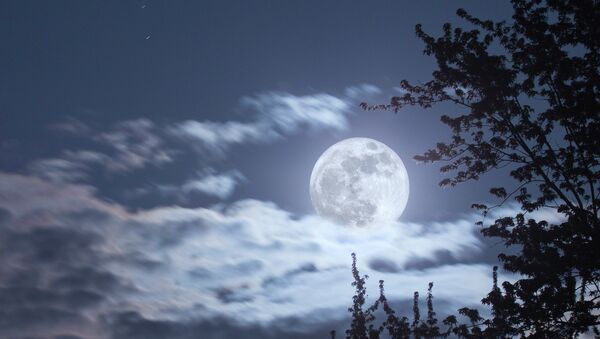But this is not the only reason that makes the upcoming celestial show unique.
What's up in the night skies this April? A lunar eclipse + meteor shower. Watch & learn now: https://t.co/UqVfJYt1k9 pic.twitter.com/rXPg7Lg5On
— NASA (@NASA) 1 апреля 2015
The Saturday event will be a total lunar eclipse, also known as a blood moon, meaning the Earth's satellite will turn a lovely shade of red or orange when the eclipse reaches its peak at approximately 12:00 GMT. On average, blood moons occur twice a year.
Sky watchers in Western US will be able to see a nearly 5-minute total lunar eclipse just before sunrise on Saturday pic.twitter.com/RBtRr9ls94
— mia farrow (@MiaFarrow) 3 апреля 2015
The upcoming lunar eclipse is not a standalone event but part of a series of four total lunar eclipses, occurring in a row. This rare phenomenon, known as tetrad, is not expected to happen again until the early 2030s. The final eclipse of the tetrad, spanning almost two years, will take place on September 28, 2015.
Total #LunarEclipse this Sat. morning! Will you be able to see it where you live? Check out the map. pic.twitter.com/Bnre07CLzy
— NASA360 (@NASA360) 31 Март 2015
The April 4 eclipse will be partially visible across the United States, South America, Russia, Asia and Australia. Stargazers in Greenland, Iceland, Europe, Africa and the Middle East will unfortunately miss the event.

